Fixing a hillside house after a landslide
Olia Agboton
10 days ago
Featured Answer
Sort by:Oldest
Comments (54)
Olia Agboton
9 days agoRelated Discussions
ugly steep hillside; need help/ideas
Comments (15)I don't think you'd be looking for a tidy groundcover like one might have in a refined garden, but something a little more "wild" for that bank ... like lespedeza, grasses, wildflowers ... things that could be seeded. things with arching forms that look good cascading down hillsides. I would still push for suggestions from local landscapers. Make more calls. It would be helpful to know what is being used locally for hydroseeding banks. This post was edited by Yardvaark on Sat, May 11, 13 at 0:19...See MoreHillside Ivy Challenges
Comments (25)I would suggest waiting until after the rainy season, too, because then you can allow the area to remain dry for a long period of time, killing the ivy roots, making re-sprouts and attempted (because they often don't work all that well on rhizomatous plants with glossy leaves -- cut stem painting as suggested above more likely to be effective) use of herbicide less necessary. A few years ago, I personally removed more than 2500 sq. ft. of ivy (English and Canary/Algerian) from slopes in my garden soon after moving in, in late spring. I did it by hand with a little mattock, chopping roots and rolling the ivy up like a rug as I went along. I did not use herbicide and got very little re-sprouting, no doubt because the slopes were left totally dry all summer/fall after removal. I then planted with native shrubs just ahead of the following wet season. Erosion control fabric or netting can be used to reduce surface runoff. I also planted a native annual grass, Vulpia (now Festuca) microstachys and perennial grass Nassella (now Stipa) pulchra, to serve as groundcover while waiting for shrubs to grow in, though be warned that native grasses can and will happily reseed and make pests of themselves in other parts of the garden...but, hey, they're native! I don't have any experience with Acacia groundcover (only the nasty, invasive trees and shrubs we have in the Bay Area - A. dealbata, decurrens, and melanoxylon), but prostrate forms of ceanothus do okay up here in Livermore....See MoreHow to maintain/plant this sloping hillside? Ideas?
Comments (8)Those wildflowers at the top of the slope look like mallows of some kind, maybe Lavatera. I like your palm tree. Looks like Trachycarpus. Very hardy and has flowers when it's taller. It also drops fronds, but not often. What you put on your bank really depends on how much time you have to stay on top of the care needed for the first year or so until any plantings get established. There have been some lovely suggestions offered already: the iceplant and the local Ceanothus. There are varieties that spread beautifully to smother. Otheres are taller and more bushy. They come in a small range of colours, mostly blues and purples and they can provide a succession of flowers over weeks. I liked the idea of the California poppies. They are so tough! And there are colours other than the standard 'orange'. You might want to plant 'pools' of them among Ceanothus to give a fairly strong visual impact. A 'Pacific' colour scheme suitable for strong sunlight. Pastels tend to get a bit lost in hard light. The iceplants can be very effective - big sheets of colour usually in 'hot' tones, although there are softer pinks available. And, for seriously tough sites - Gazania, Arctotis, Anigozanthis (kangaroo paw - which comes in a pleasant range of flower colours dark red to interesting green.) They're usually perennial. Climbers and sprawlers - Bougainvillea, Campsis, Trachelospermum (which smells delightful). Instead of climbing a trellis they can sprawl down the bank, needing only a trimming with shears to stay civil. Bougainvillea has thorns, however. As do the carpet roses and Rosa 'Nozomi'. That's a fairly steep slope so work across it rather than 'up/down' to reduce the risk of rain damage. Leave strips of grass to catch the run-off and protect your pool from mini-mudslides. At least until your plantings are spreading out. Before planting ANYTHING - check with your local garden centre to see if it's safe for newbies. Some things look so innocent when you see them as a cute little cutting in a teeny pot... and then you find they have rule-the-world tendencies. English ivy would be one. Cortaderia would be another. Many South African bulbs, such as Watsonia, can happily fill acres. So can Ornithogalum. And, if it's not too hot where you are, asparagus fern and ginger plant can take over in no time. If you should chance to like them - and don't mind some spiny-ness consider bromeliads. There are many hardy varieties that happily live outdoors, flower fairly regularly and make a good groundcover. And aren't fussy....See Morehillside slipping away
Comments (8)We have a steeply sloped backyard too. It is south/southwest facing, gets a lot of hot sun during the summer. Most of it is planted in junipers except for an empty patch that is really an eye sore. We had more junipers planted in that spot because we just can't get down there to trim or weed unless we tied ourselves up to a post and propelled down. There is a zigzag pathway down our hill but the owner/builder really should have added an extra 'zag', because it's really steep. My dream would be to tear everything out, put in retaining walls, a seating area at each turn, a fountain or two too, and for my husband...a zip line all the way down! He's crazy. Because at the bottom of the hill a creek runs along our property and it's just breathtaking! In fact, before we even walked in the house we took one look at the back yard, as steeply sloped as it was, and we knew we couldn't pass this property up. Our slope looking up. Our slope looking down. We've cleared the area by the birch tree and along the creek in the first pic, but on the hill there is still planting to do. Not only that, but the old rail ties that were used are rotting. It may not look like it, but there is a lot of work to do yet. These pics were taken in spring before we moved in, so the hillside looks pretty good only because the weeds in the middle of the hillside are green!...See Morecat_ky
9 days agoStax
9 days agoJoseph Corlett, LLC
9 days agoOlia Agboton
9 days agoOlychick
9 days agoci_lantro
9 days agolast modified: 9 days agoHU-910663146
9 days agoOlia Agboton
9 days agoMrs. S
8 days agolast modified: 8 days agobtydrvn
8 days agobtydrvn
8 days agoOlia Agboton
7 days agoOlia Agboton
7 days agoOlia Agboton
7 days agoJoseph Corlett, LLC
7 days agoHU-910663146
7 days agobtydrvn
7 days agoMrs. S
7 days agoOlychick
7 days agoci_lantro
7 days agoHU-432451269
7 days agoJoseph Corlett, LLC
7 days agoHU-910663146
7 days agolast modified: 7 days agoci_lantro
7 days agoMinardi
7 days agolast modified: 7 days agoHU-910663146
7 days agolast modified: 7 days agoJennz9b
7 days agolast modified: 7 days agoSusan L
6 days agoolychick
6 days agoHU-910663146
6 days agolast modified: 6 days agoOlia Agboton
6 days agoOlia Agboton
6 days agoHU-910663146
6 days agoSusan L
6 days agoOlia Agboton
6 days agocat_ky
6 days agoHU-910663146
6 days agoOlia Agboton
6 days agoJoseph Corlett, LLC
6 days agoNicole Jackson
6 days agoHU-910663146
6 days agoOlia Agboton
6 days agoSusan L
6 days agocat_ky
6 days ago
Related Stories

LANDSCAPE DESIGNLandscaping Magic Fixes a Dangerous Sloped Yard
It had scary parking, a confusing entry and erosion issues. See how this steep California landscape gained safety, beauty and clarity
Full Story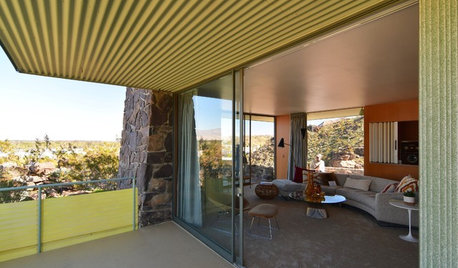
MODERN ARCHITECTURESoaring Above the Desert: Albert Frey’s Cree House Reborn
Tours of the renovated architect-designed home are being offered at Palm Springs Modernism Week, which opens Feb. 13
Full Story
LIFE7 Things to Do Before You Move Into a New House
Get life in a new house off to a great start with fresh paint and switch plates, new locks, a deep cleaning — and something on those windows
Full Story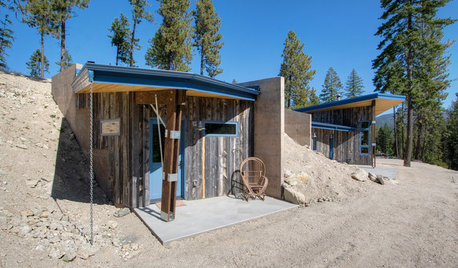
HOUZZ TOURSHouzz Tour: Having Fun With a Half-Buried House
Layers of dirt help create energy efficiency and an unusual look on a steep slope in Washington state
Full Story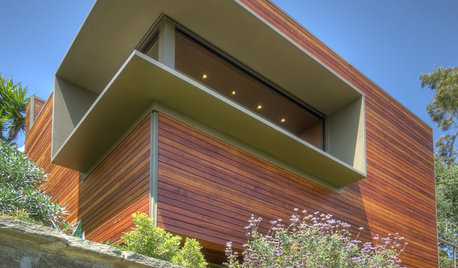
HOUZZ TOURSHouzz Tour: A Hollywood Writer's Hillside Studio
Step Inside a Writer's Modern Workshop With a Big-Screen View
Full Story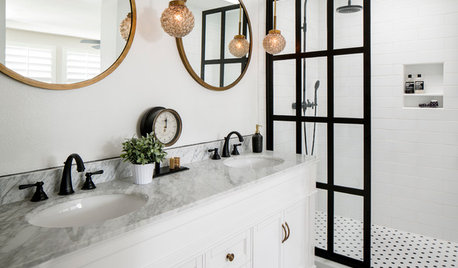
BEFORE AND AFTERSBefore and After: 6 Bathrooms That Said Goodbye to the Tub
Sleek showers replaced tub-shower combos in these bathroom remodels. Could this be an option for you?
Full Story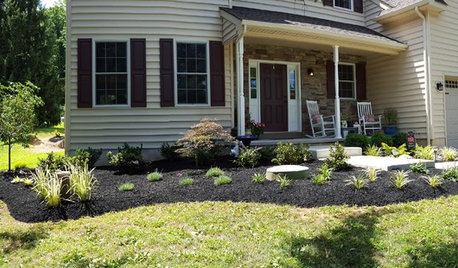
LIFEIf You Could Talk to Your House, What Would You Say?
‘Pull yourself together’ or ‘thank you for transforming my life’? Notes to homes around the country hit us where we live
Full Story
LIGHTINGHouse Hunting? Look Carefully at the Light
Consider windows, skylights and the sun in any potential home, lest you end up facing down the dark
Full Story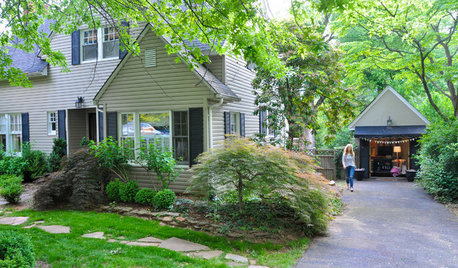
LIFEHouzz Call: What’s Your Perfect House Size?
How big is too big? How small is too small? Please tell us which home size is just right for you
Full Story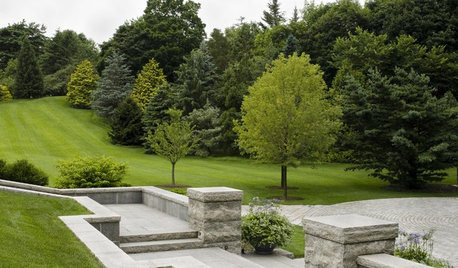
LIFEWhy We Want a House With a Great View
Research shows that just looking at nature has powerful mental benefits. Here's how to get a boost — with or without a million-dollar view
Full Story


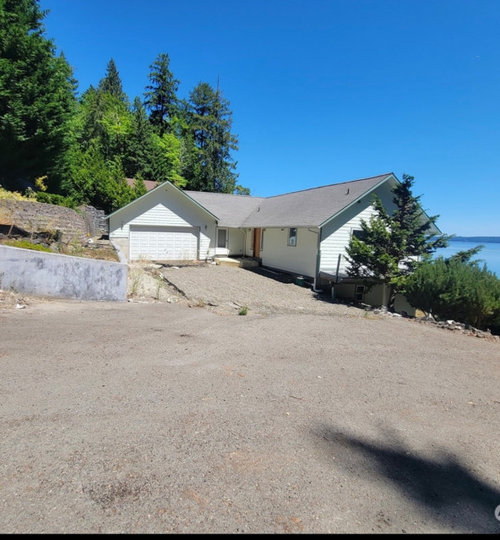
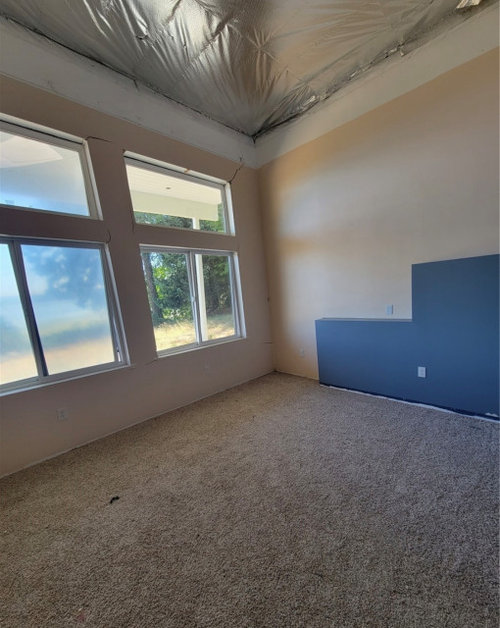
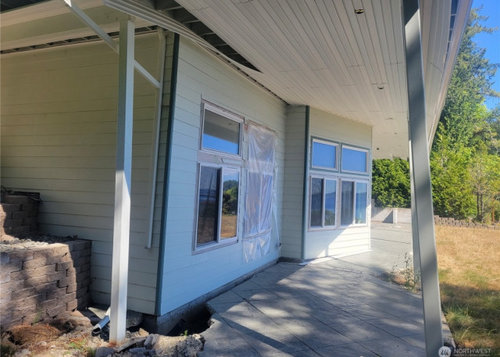
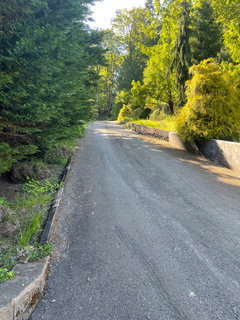
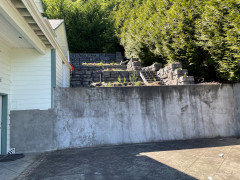
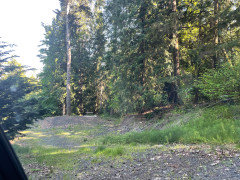
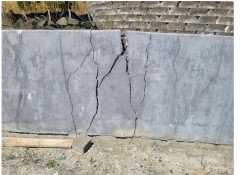
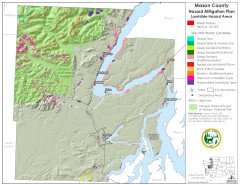
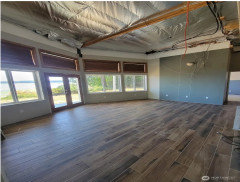

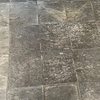
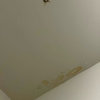
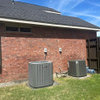
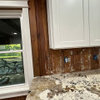
cat_ky